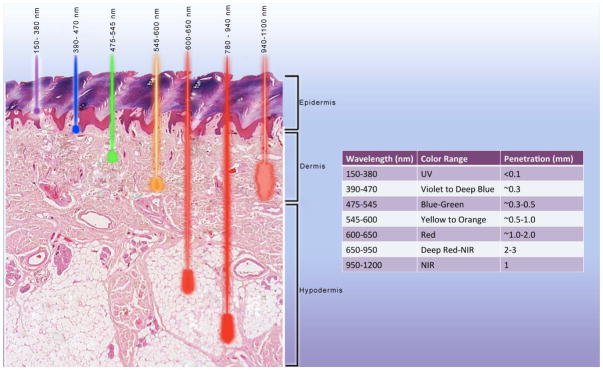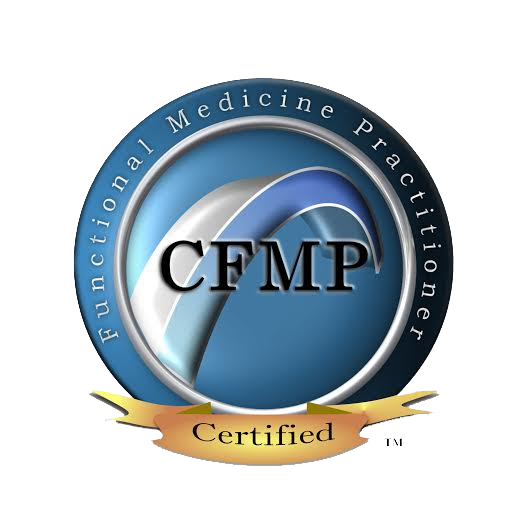Photobiomodulation (PBM), also known as Red Light therapy, has shown through extensive studies to improve acne and other skin conditions through regular treatments of 3-5 times a week. PBM actively boosts your cells with more energy, less inflammation, and a stronger ability to heal. This means that PBM helps get rid of acne, as well as hyperpigmentation, scars/wounds, leg ulcers, burns, cellulite and more without a single pill, cream, or serum. If it sounds too good to be true, it’s not! It truly is that good.

Red Light therapy is great for Acne!
Skin starts showing the first signs of aging around the late 20s to early 30s with wrinkles, loss of elasticity, and dyspigmentation (age spots). This is mostly due to how the body slowly starts to produce less collagen – a protein that helps hold you together. Amazingly, PBM actually helps your body to produce more collagen – causing you to look better! The added collagen helps reduce wrinkles, improve skin elasticity, and reduce skin discoloration. This makes PBM a really easy way to have better skin!

Why Use PBM Instead of Other Treatments?
Other treatments, like dermabrasion, chemical peels, and laser resurfacing, have intensive post-treatment care and may lead to complications such as pain, infection, bleeding, burns, scarring, and more. However, PBM does not have any of that. After Red Light Therapy treatment for acne, you can walk out of the appointment without pain. Another wonderful benefit of PBM is how it actually makes your skin absorb product better; which means that after treatment, you can apply a retin-a, moisturizer, eye cream – and get better results!
Overall, Photobiomodulation is the perfect way to improve acne, scarring, wrinkles, age spots, and many other skin conditions. If you have any of these skin problems, I suggest you book a PBM appointment today! Appointments are affordable and we have multiple payment options – including an UNLIMITED plan for $55 a month.
Read More Benefits of PBM Here
References:
BAROLET, Daniel. Photobiomodulation in Dermatology: Harnessing Light from Visible to Near Infrared. Medical Research Archives, v. 6, n. 1, Jan. 2018. ISSN 2375-1924. Available at: ESMED Article
Low-level laser (light) therapy (LLLT) in skin: stimulating, healing, restoring. PMC Aug. 2014. Available at: PMC4126803



